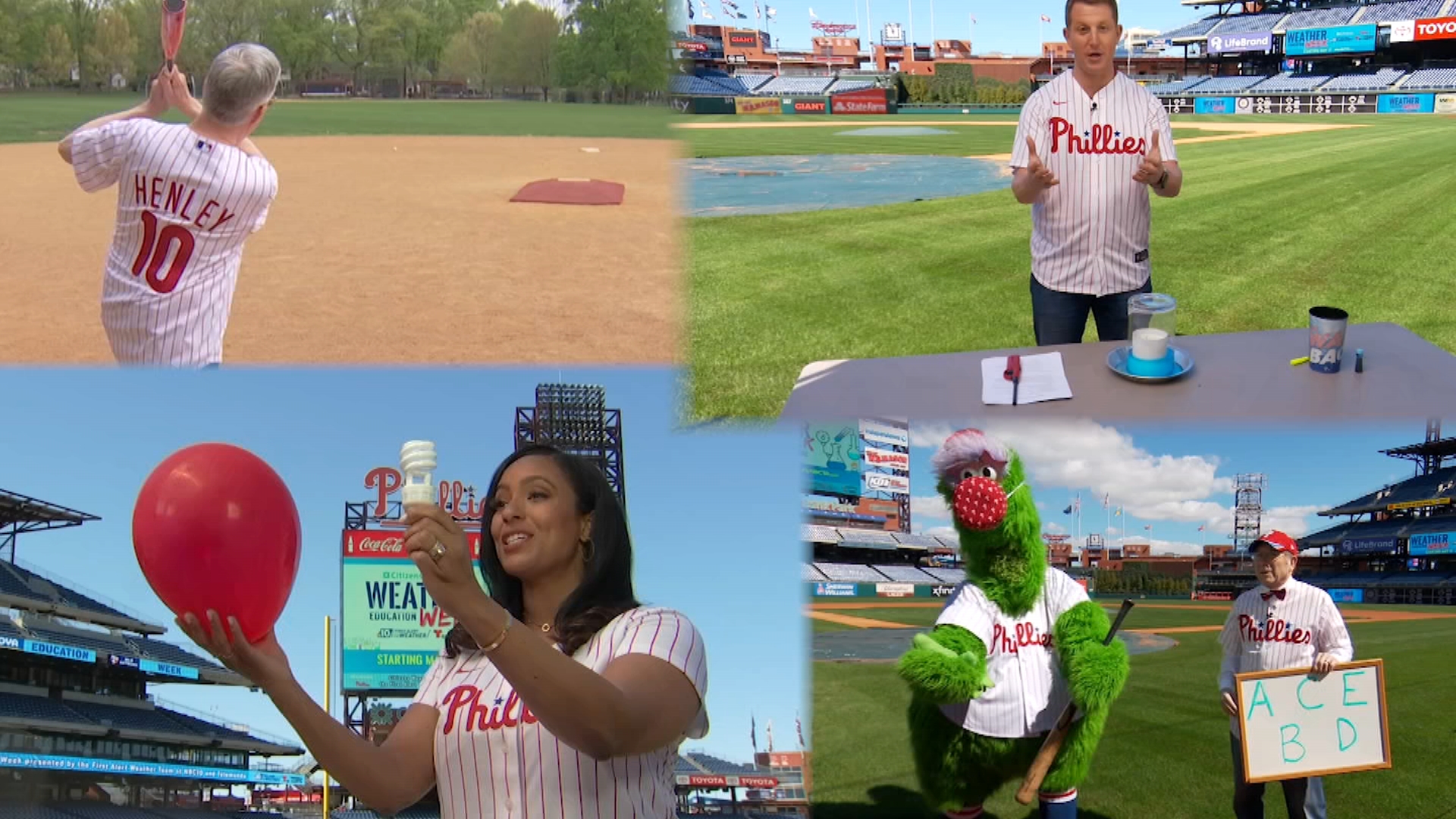Need:
- 1 CD or DVD
- 1 Balloon
- 1 pop-up bottle top
- strong glue or hot glue
Steps:
- Shut your pop-up bottle top, then add glue to the bottom ring of the top. Make sure the entire ring is coated with glue, so that it will create an airtight seal.
- Stick the bottle top onto the CD. Line-up the circle of the top with the hole in the CD.
- Blow up your balloon. It doesn’t need to be too large.
- Pinch the balloon end, and stretch the bottom over the pop-up bottle top. Release the pinch, and if the balloon doesn’t lose air, it is airtight.
- Set your balloon/CD combo onto a table top or flat surface like the ground.
- Pop open the bottle top.
- Give your hovercraft a light tap, and watch it float around!
- Try to move the hovercraft over the flat surface, without first blowing up the balloon. Note what you find.
- Try to release your hovercraft over different surfaces, like grass, sidewalk or carpet. Note what you find.
Get Philly local news, weather forecasts, sports and entertainment stories to your inbox. Sign up for NBC Philadelphia newsletters.
What Happened?
You created a hovercraft!
How? Using the air from the balloon! When the air from the balloon was released out of the pop-up bottle top, it shot out and was forced against the flat surface the CD was sitting on.
With nowhere to escape, the air bounced off the flat surface and slightly lifted the hovercraft with a cushion of air.
This is an example of Newton’s Third Law of Motion. Newton’s Third Law states that for every action, there’s an equal and opposite reaction.
In this case, the action was the air rushing downward, and the reaction was the force of the air being pushed back upward and lifting your hovercraft.
This is also a great example of how winds and friction work, as they relate to Newton’s First Law of Motion. Newton’s First Law of Motion states things at rest stay at rest and things in motion stay in motion, until acted upon by an outside force.
Winds are often halted or dispersed due to outside obstacles, such as mountains or large buildings. In this case, if you try to push a CD along your flat surface without first inflating the balloon, it will slide much less and stop much faster.
The air cushion you’ve created with your hovercraft reduced friction and increased the ability to move with ease.
With the same science, if you try to use your hovercraft on grass or carpet, friction will increase and the process will be less successful.
Download the experiment guide:
Did you try the experiment? We'd love to see a video! Parents, you can upload a video by clicking here. Make sure to include the names of the participants and your home town.
Or, if you are comfortable doing so, post your video on Instagram or Twitter with #WxEdWeek and tag @nbcphiladelphia.
And check back each day at 10 a.m. and 2 p.m. for new experiments during Weather Education Week at Home!



